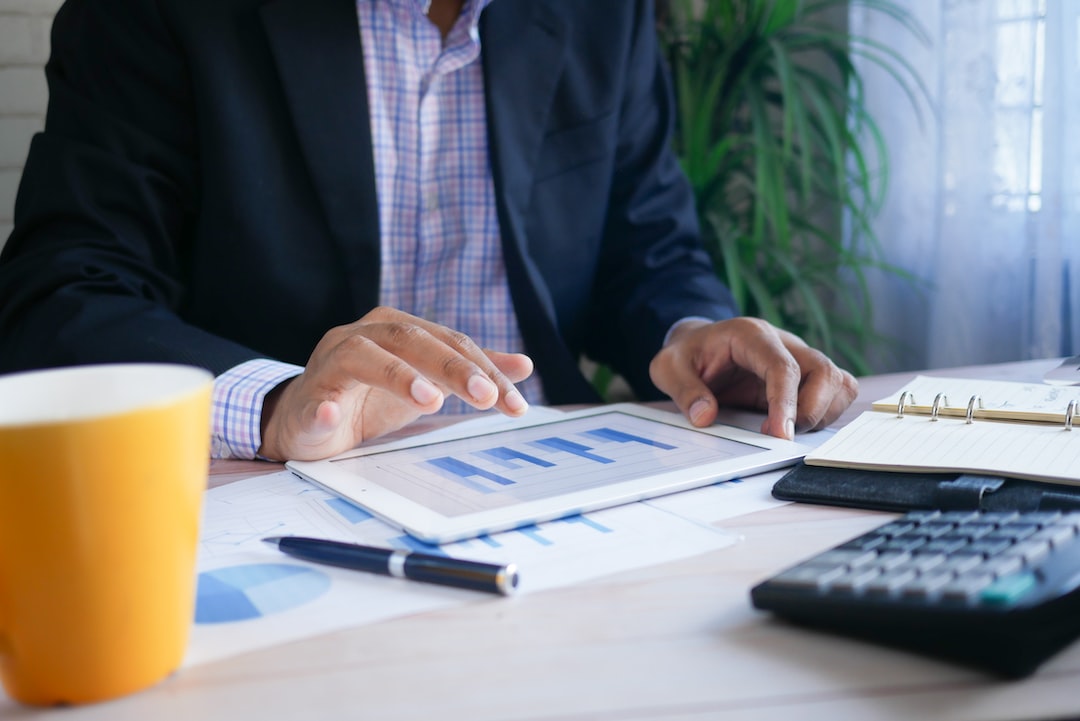Forex or foreign exchange trading has become increasingly popular in recent years, with more and more people looking to enter this lucrative market. However, starting in forex can be overwhelming for beginners, with complex terminologies and a vast amount of information to digest.
In this article, we will provide you with a step-by-step guide on how to properly start in forex and navigate this complex market successfully.
1. Understand the Basics
Before jumping into the world of forex trading, it is crucial to have a solid understanding of the basics. Forex trading is the buying and selling of currencies, with the aim of making a profit from the fluctuations in their values.
The forex market operates 24 hours a day, five days a week, with trading taking place in different time zones around the world. Currencies are traded in pairs, with the first currency being the base currency and the second currency being the quote currency.
For example, in the EUR/USD currency pair, the euro is the base currency, and the US dollar is the quote currency. The exchange rate between these two currencies determines the value of the pair.
2. Choose a Broker
Choosing a reliable and trustworthy broker is essential when starting in forex. A broker is an intermediary between you and the forex market, providing you with a trading platform and access to the market.
When selecting a broker, consider factors such as their reputation, trading platform, fees and commissions, and regulation. A regulated broker is crucial as it ensures that your funds are kept safe and secure.
3. Develop a Trading Plan
A trading plan is essential when starting in forex. It is a set of guidelines that you follow when trading, outlining your entry and exit points, risk management strategies, and trading goals.
Your trading plan should be based on your trading style, risk tolerance, and financial goals. It should include a clear and concise trading strategy, a money management plan, and a risk management plan.
4. Practice with a Demo Account
Before risking real money, it is advisable to practice trading with a demo account. A demo account is a simulated trading environment that allows you to trade with virtual funds.
Practicing with a demo account will help you familiarize yourself with the trading platform, test your trading strategies, and gain confidence in your trading abilities.
5. Start Small
When starting in forex, it is important to start small and not to risk more than you can afford to lose. Start with a small account and gradually increase your trading capital as you gain experience and confidence.
6. Manage Your Risk
Risk management is crucial in forex trading. It is essential to have a risk management plan in place to protect your capital from losses.
Some risk management techniques include using stop-loss orders, limiting your position size, and diversifying your portfolio.
7. Stay Informed
The forex market is constantly changing, and it is essential to stay informed of the latest news and events that may affect currency prices.
Keep up to date with economic indicators, political developments, and market sentiment to make informed trading decisions.
In conclusion, starting in forex can be overwhelming, but by following these steps, you can navigate the market successfully. Remember to start small, develop a trading plan, practice with a demo account, manage your risk, and stay informed. With patience, discipline, and a solid understanding of the basics, you can become a successful forex trader.





